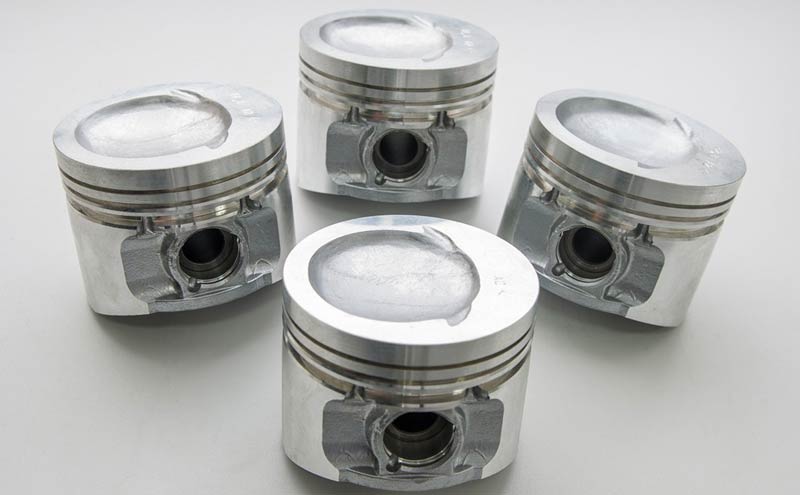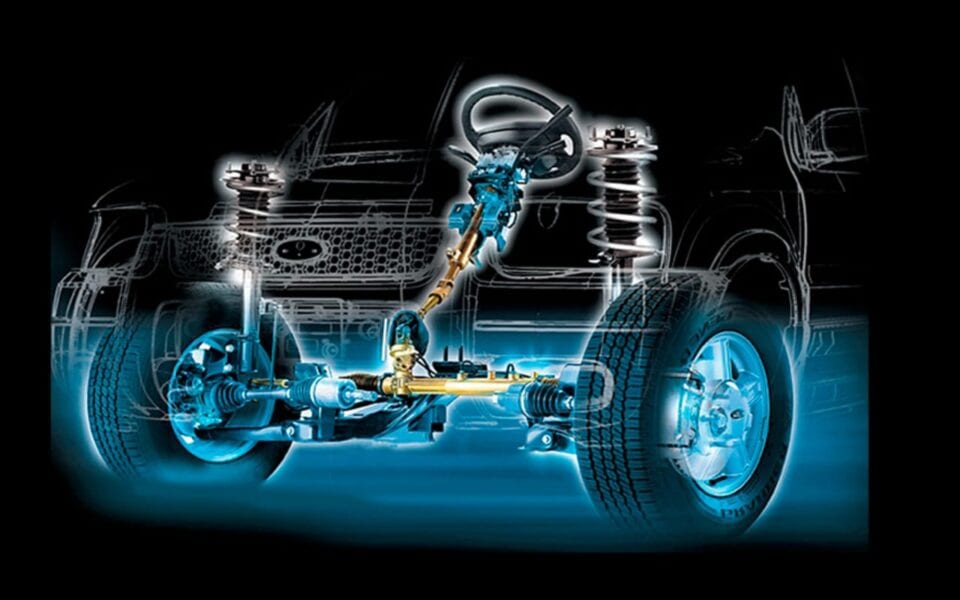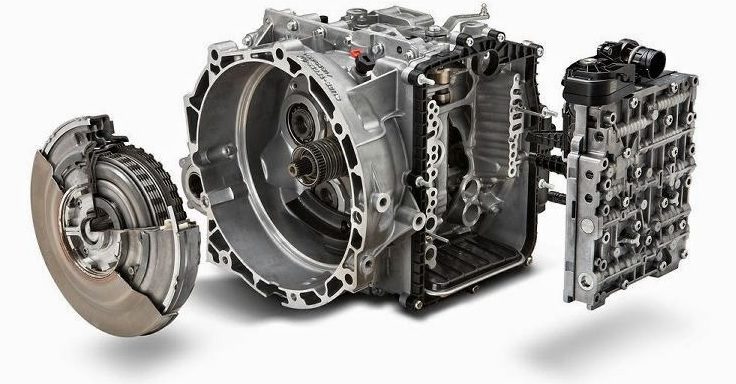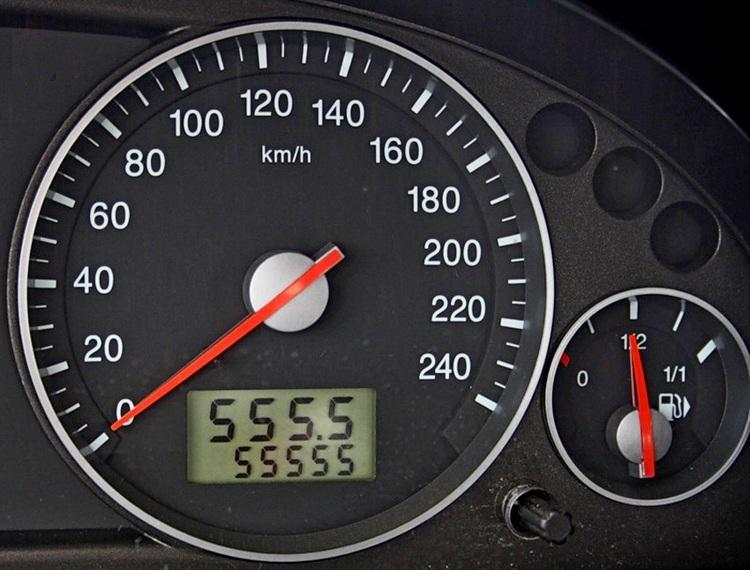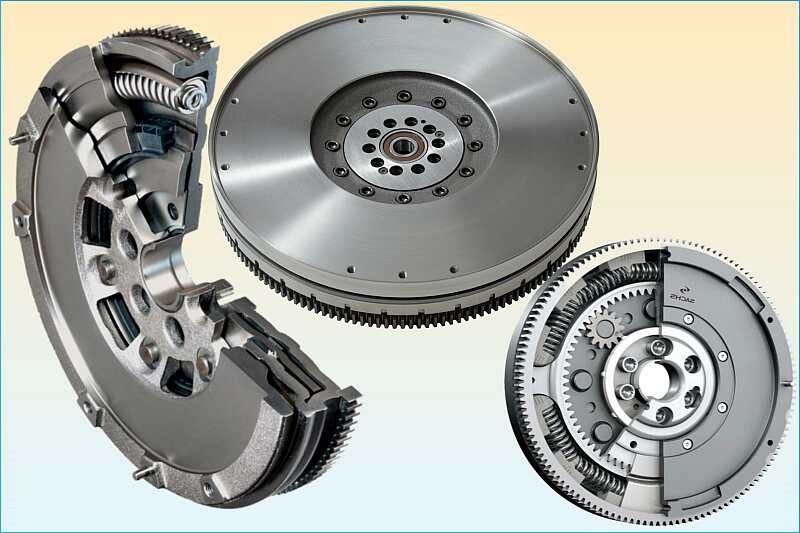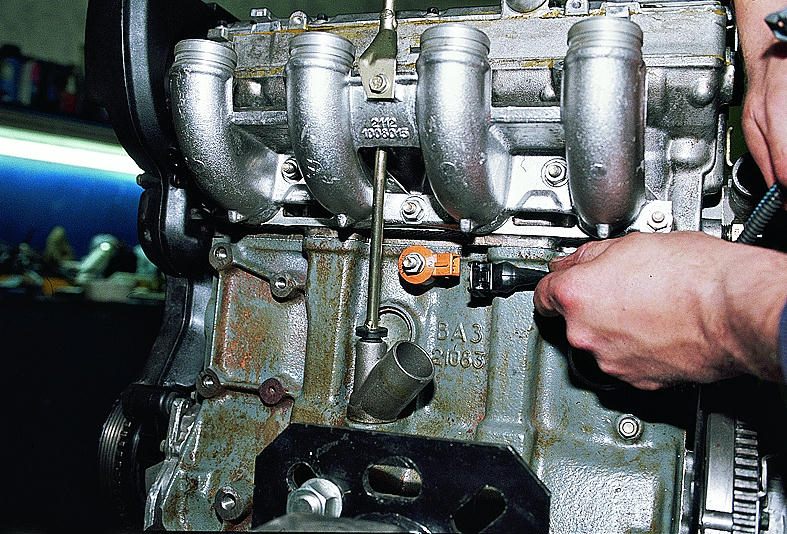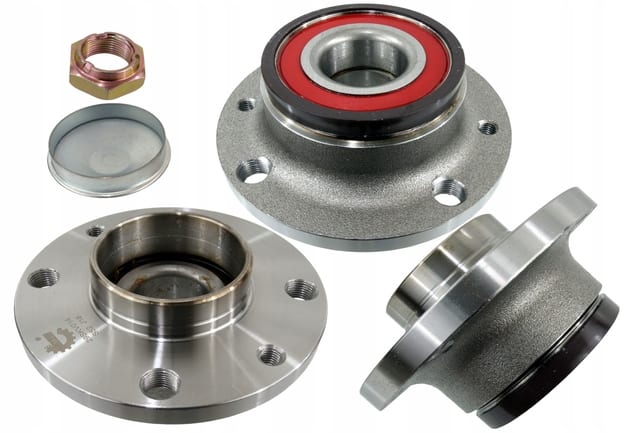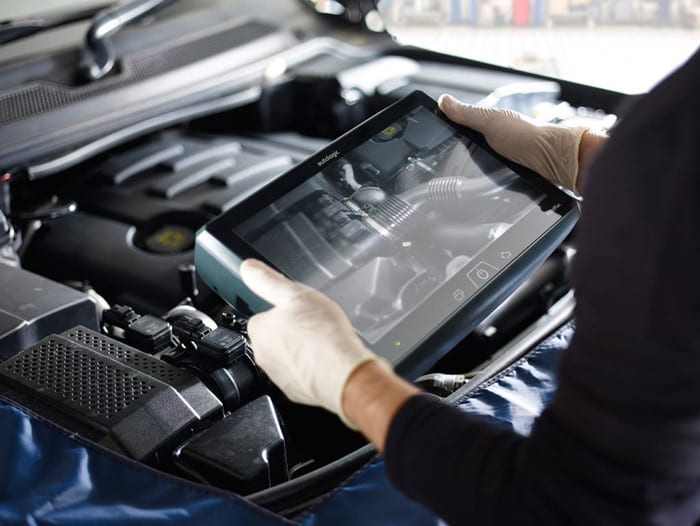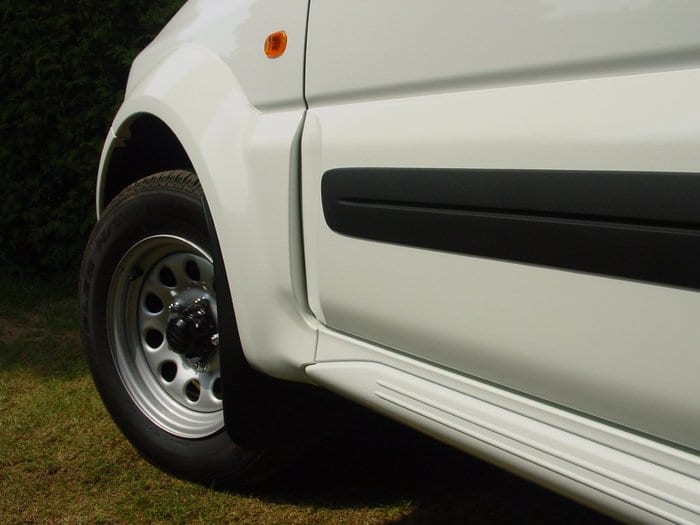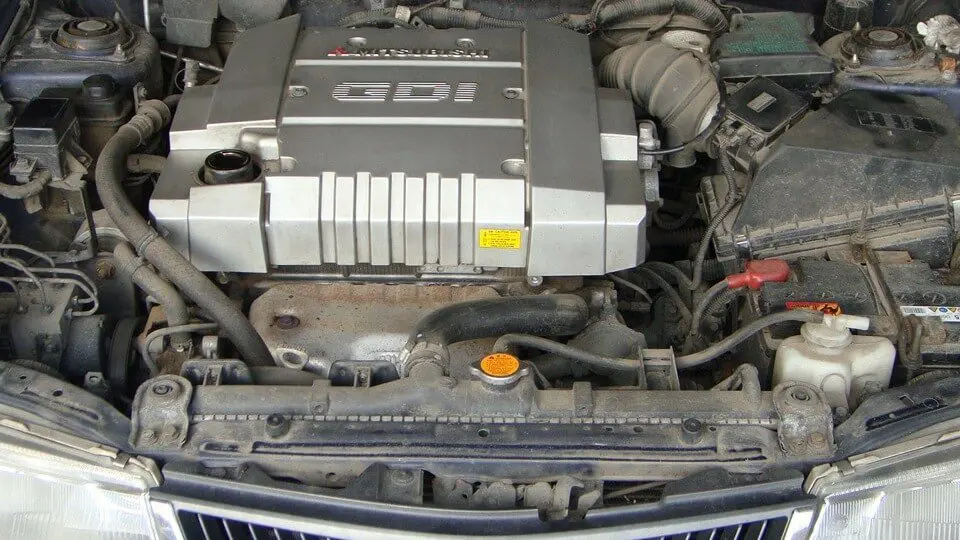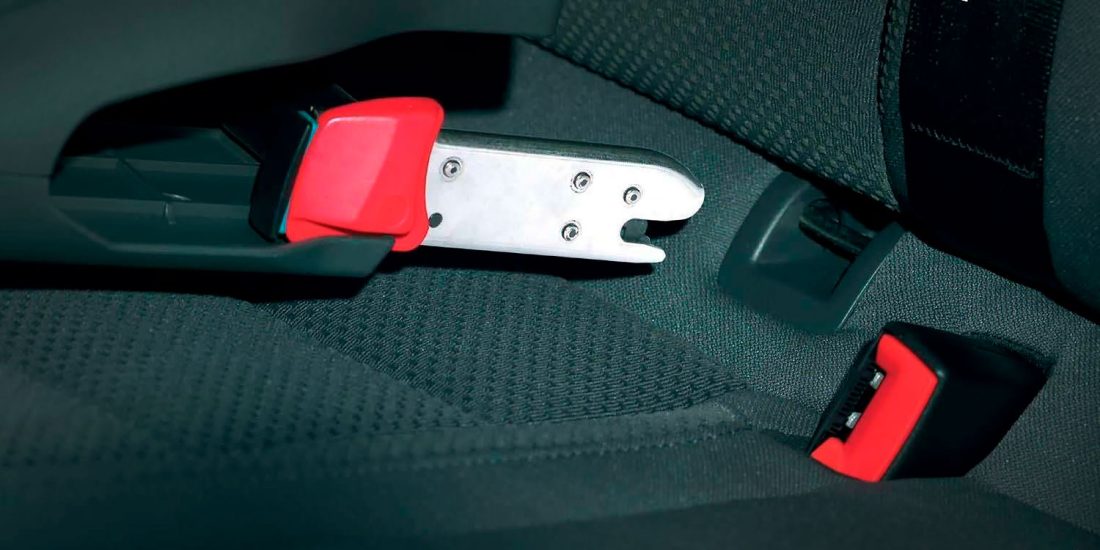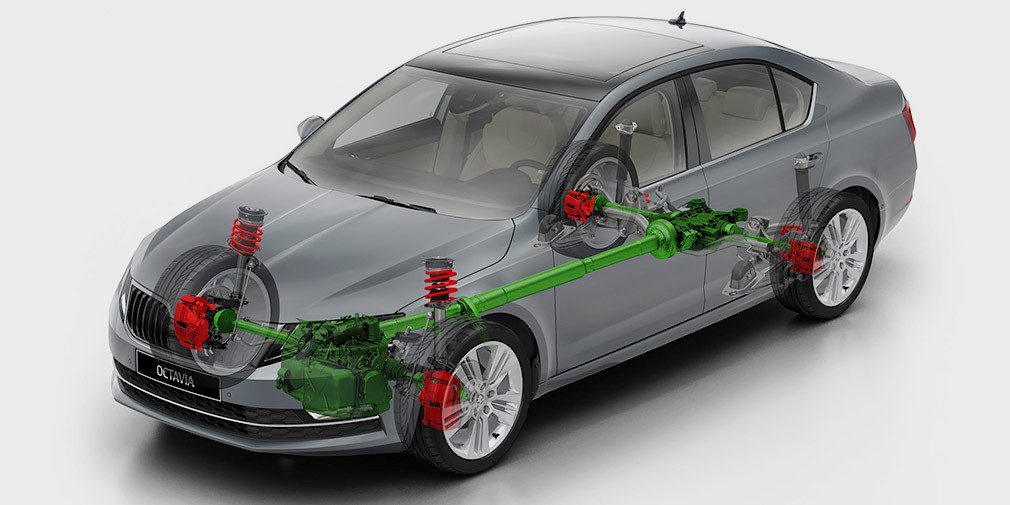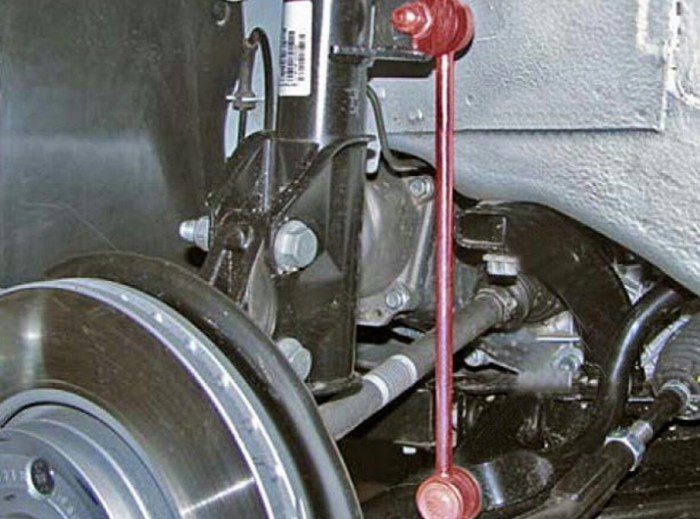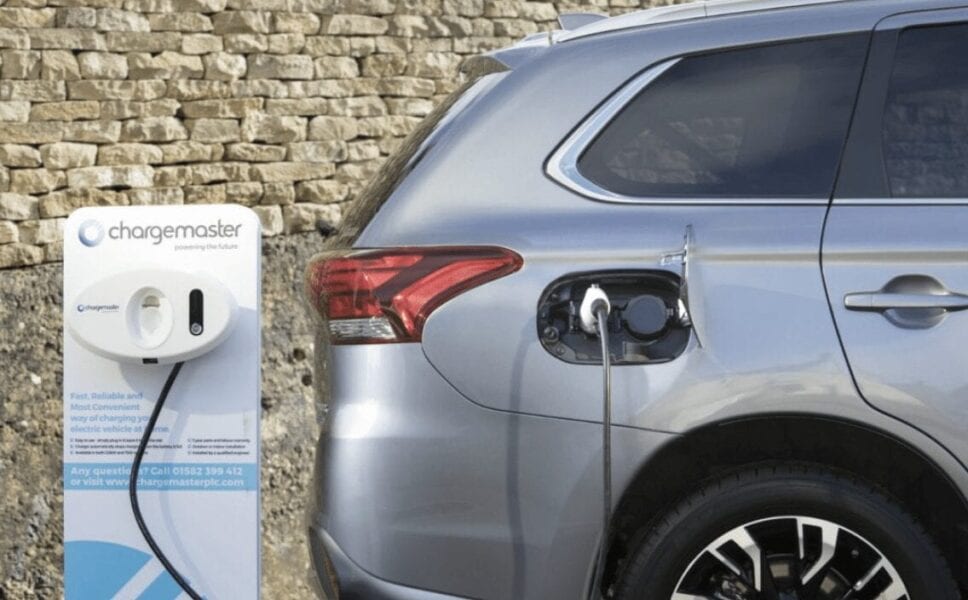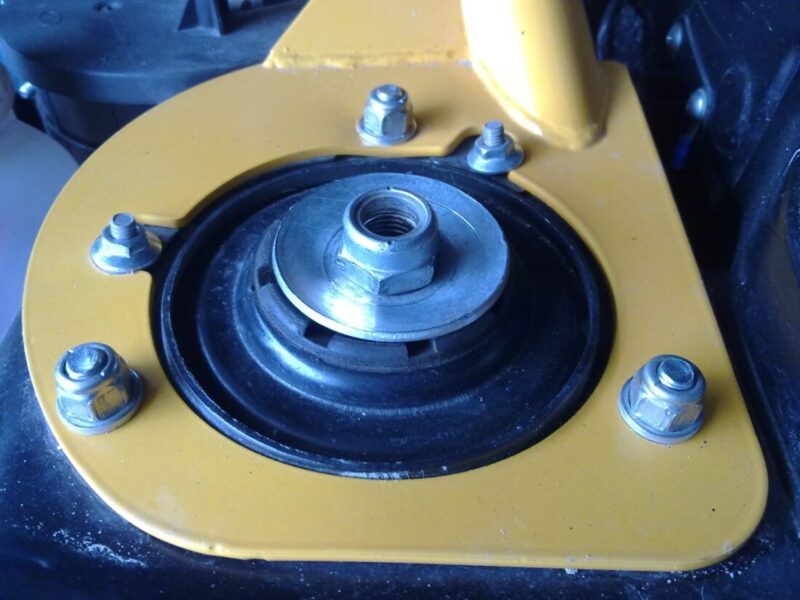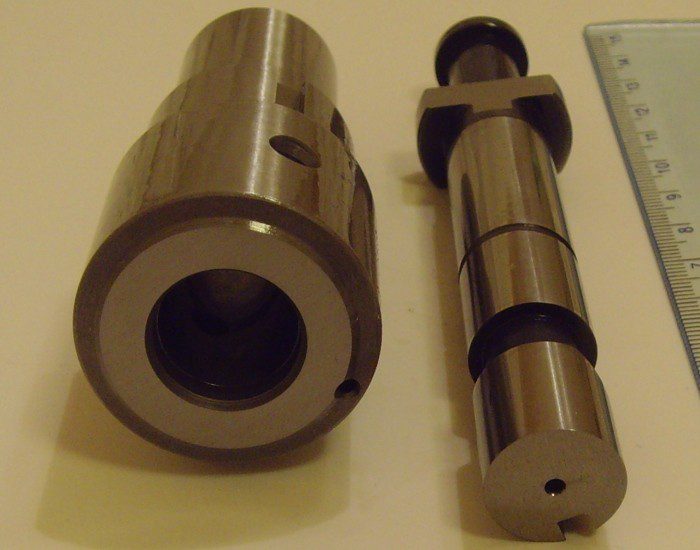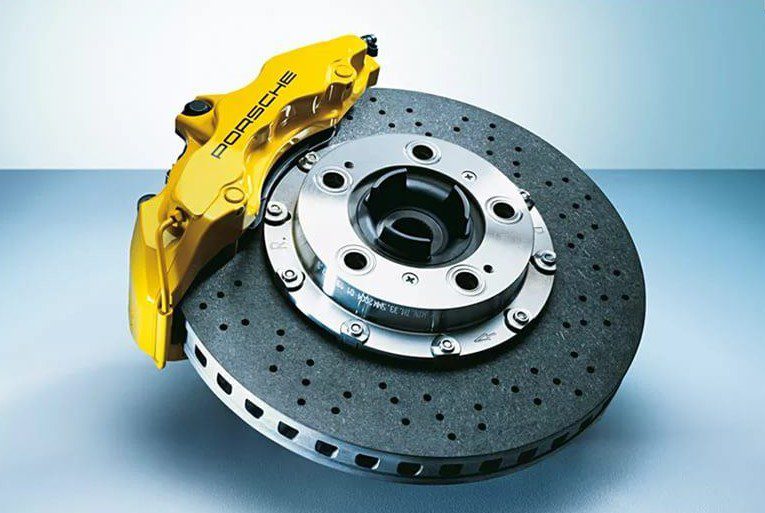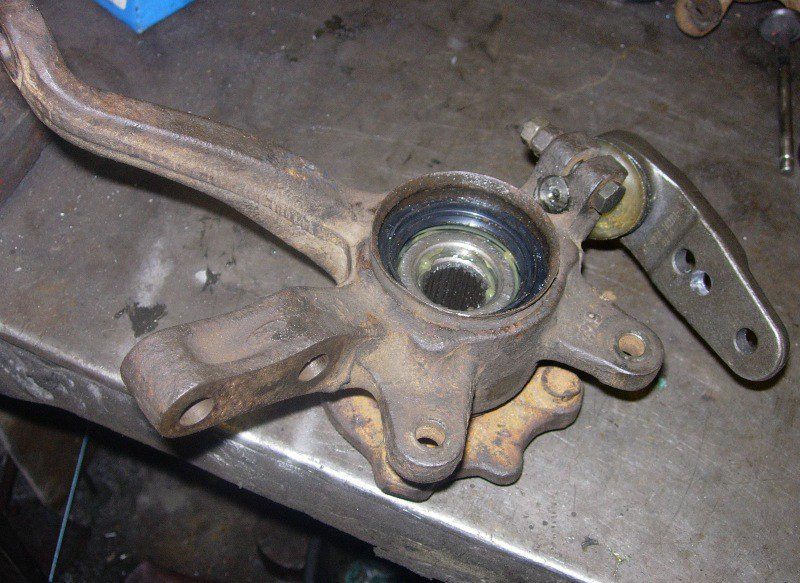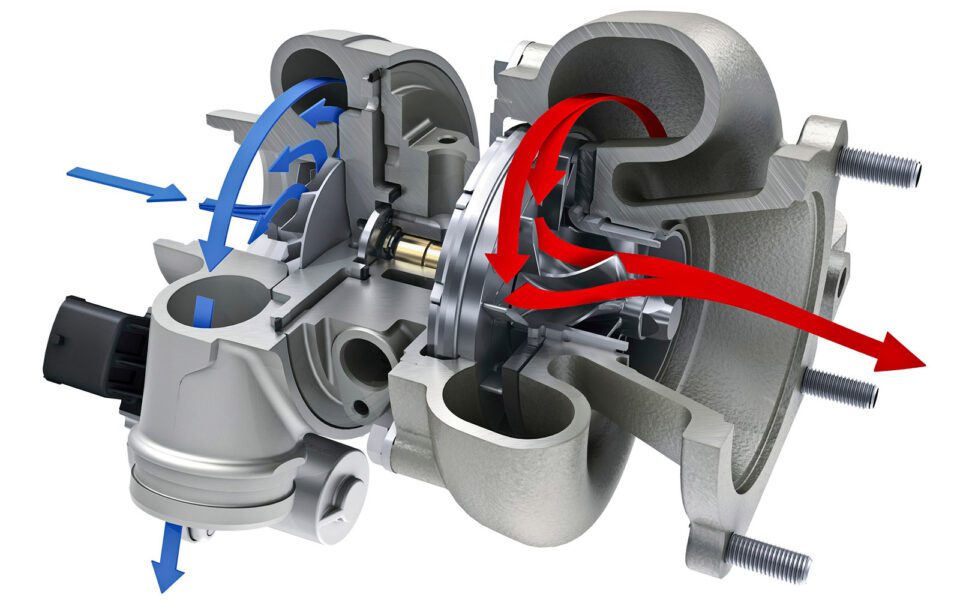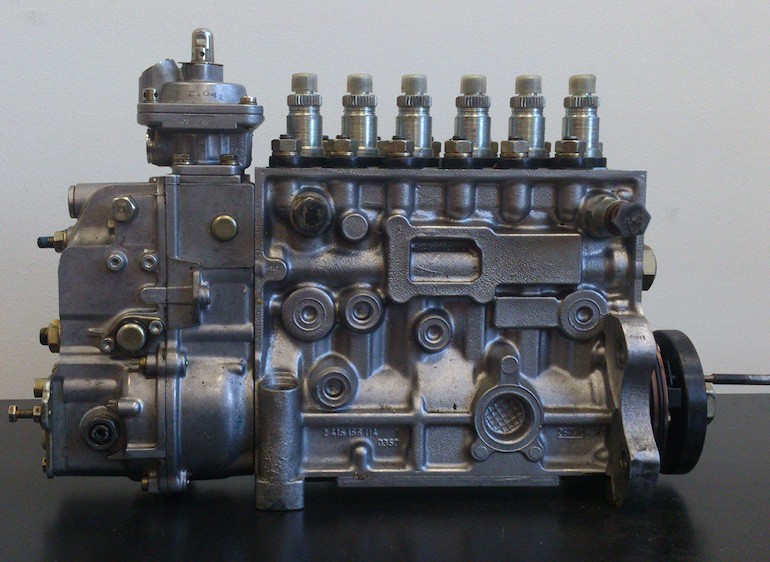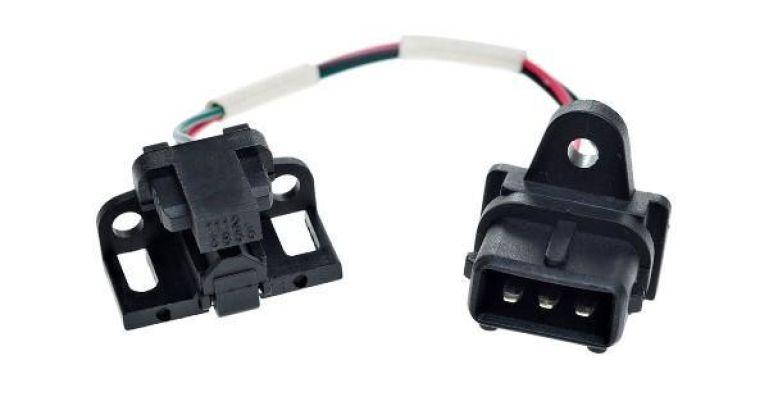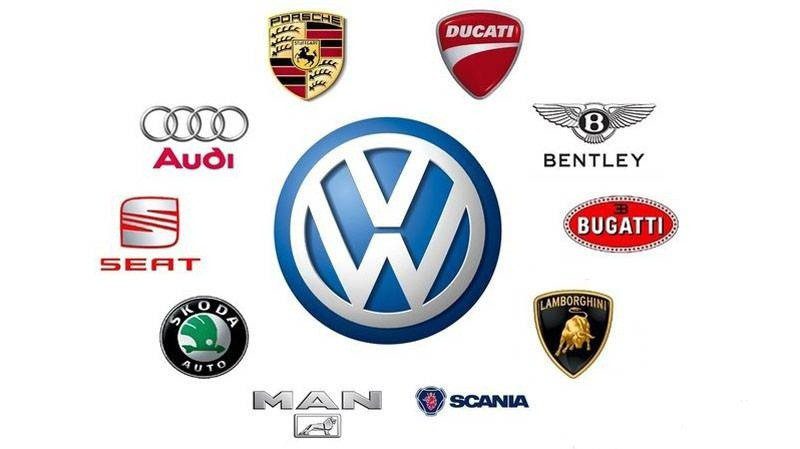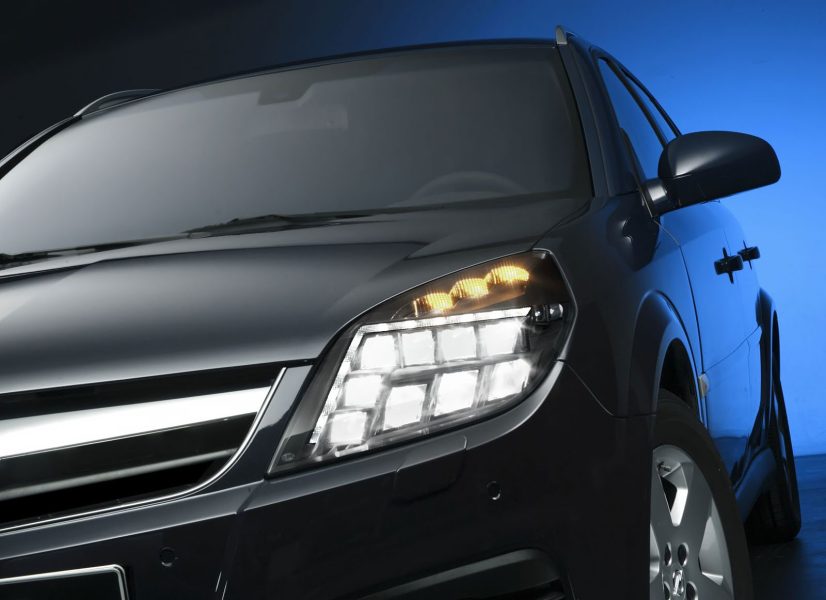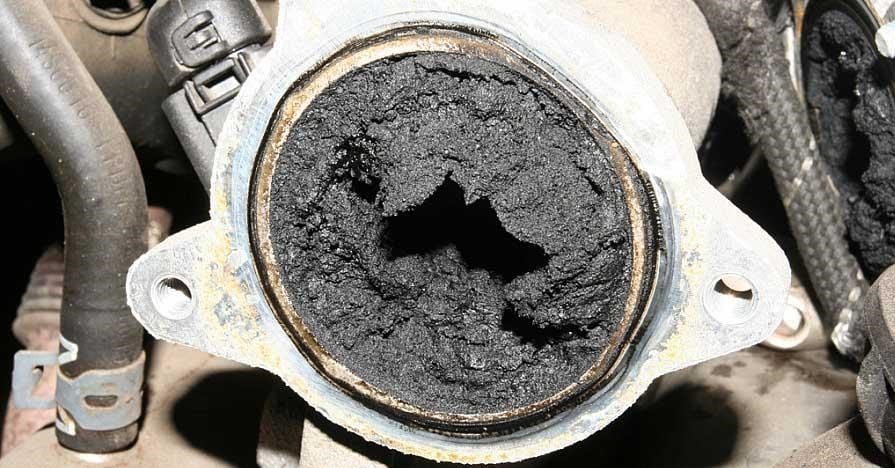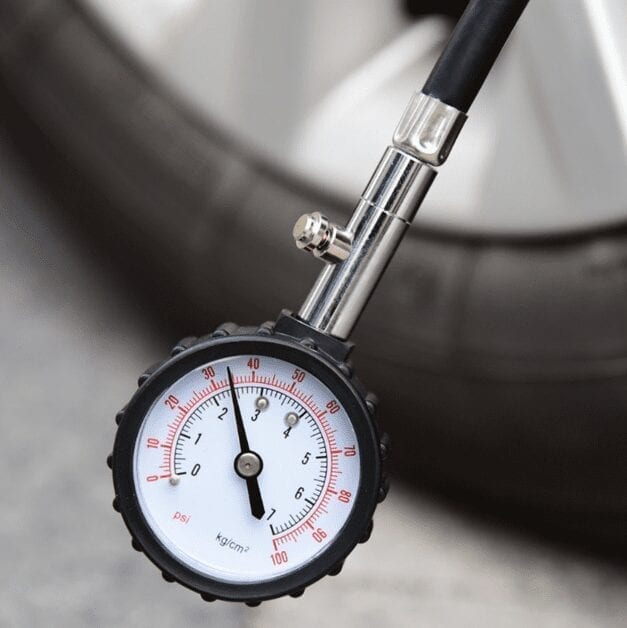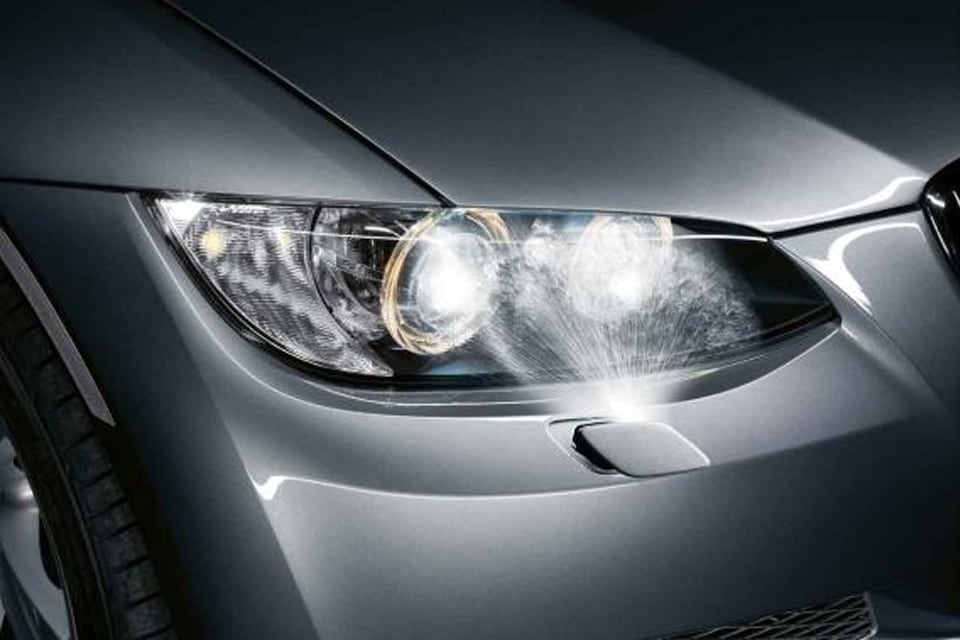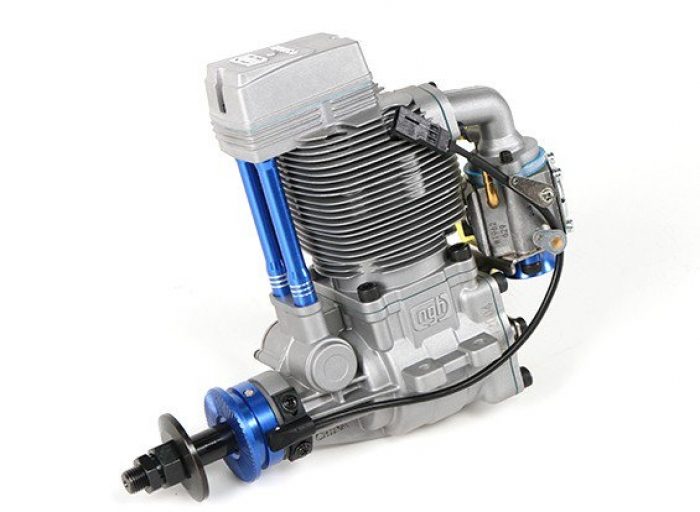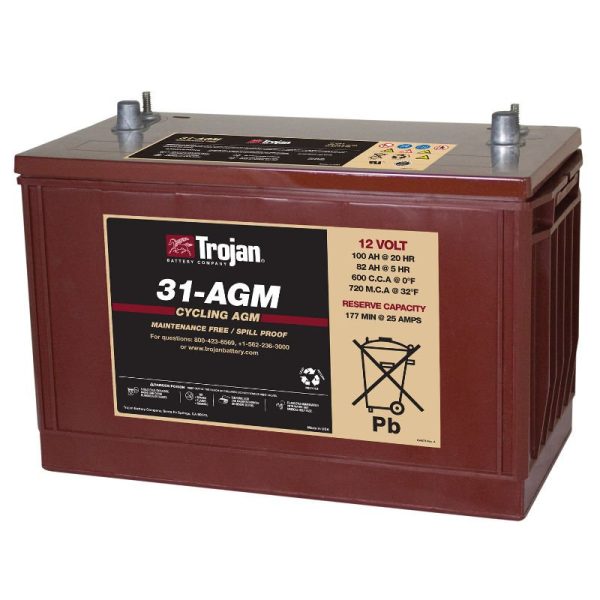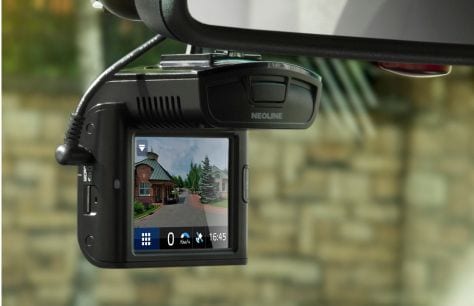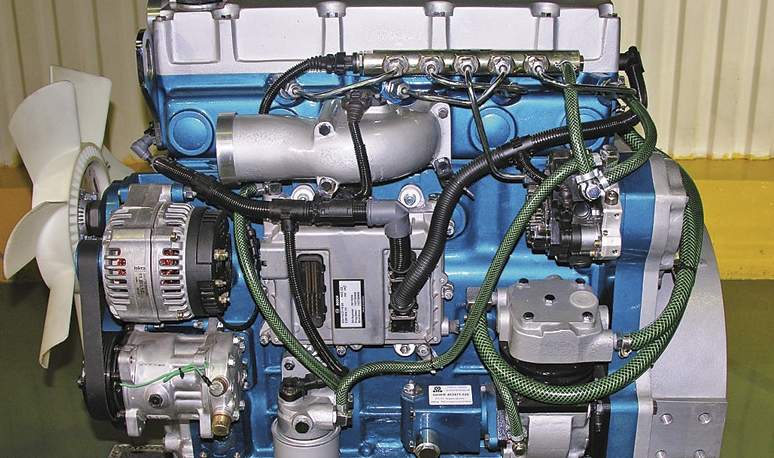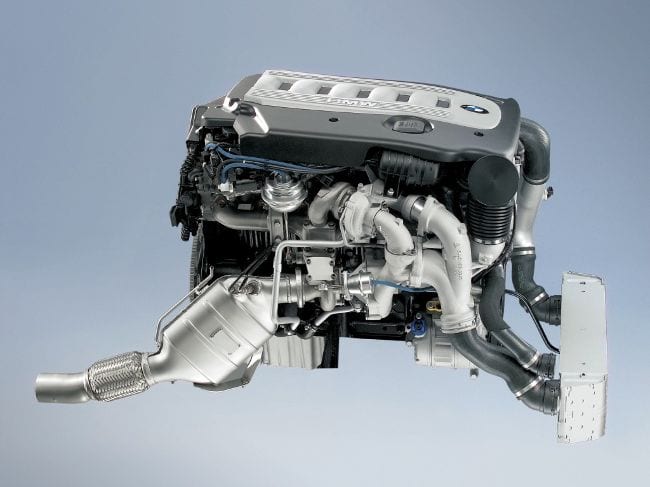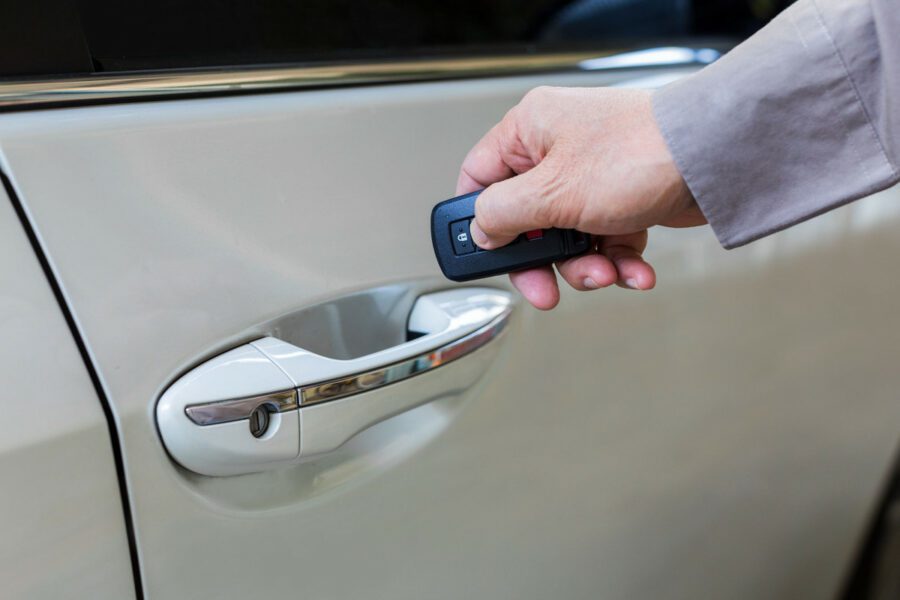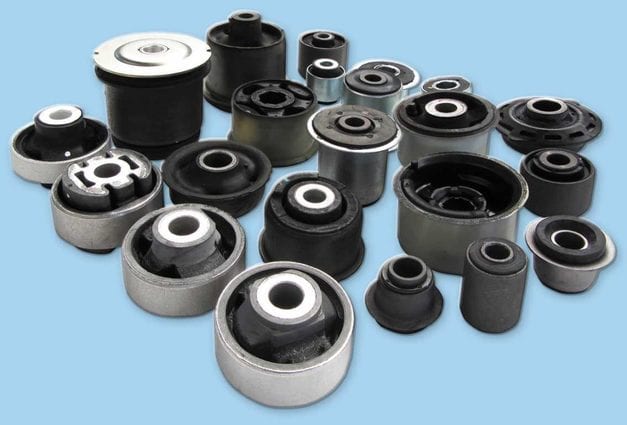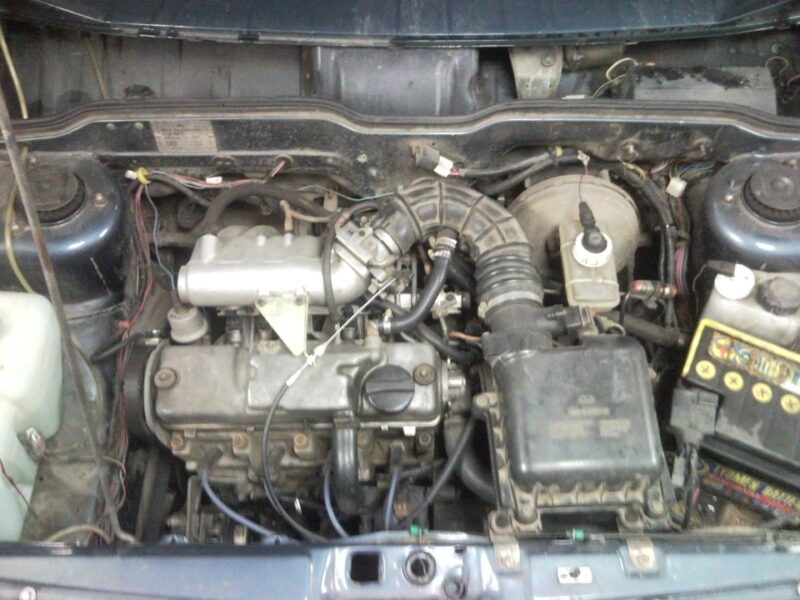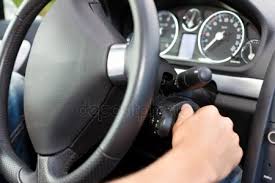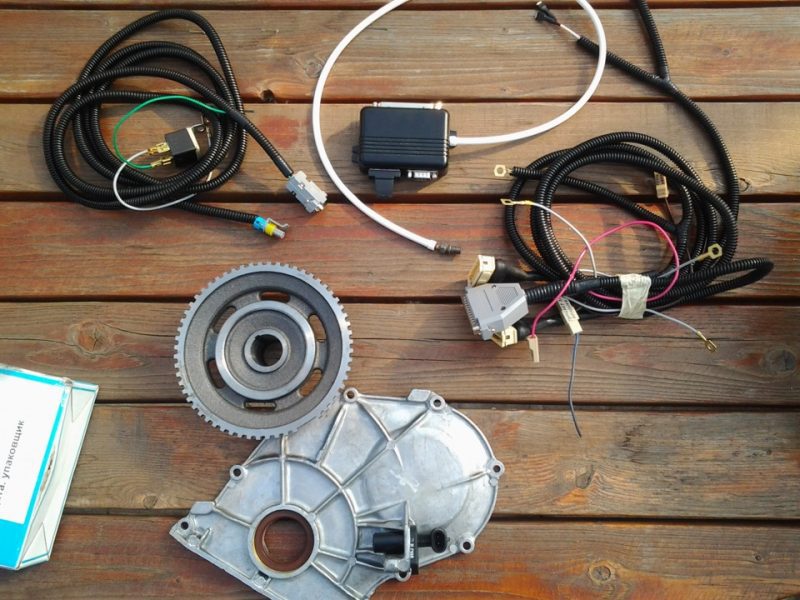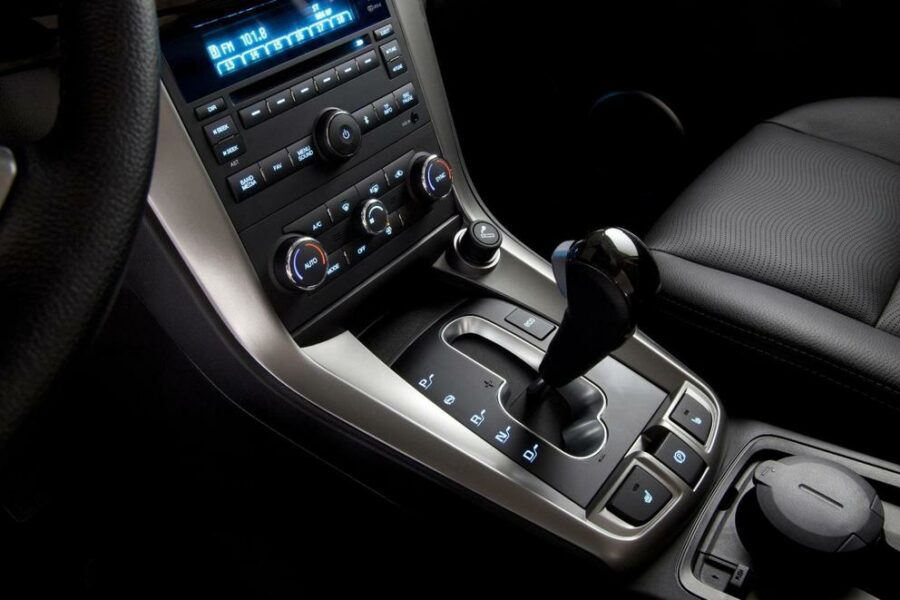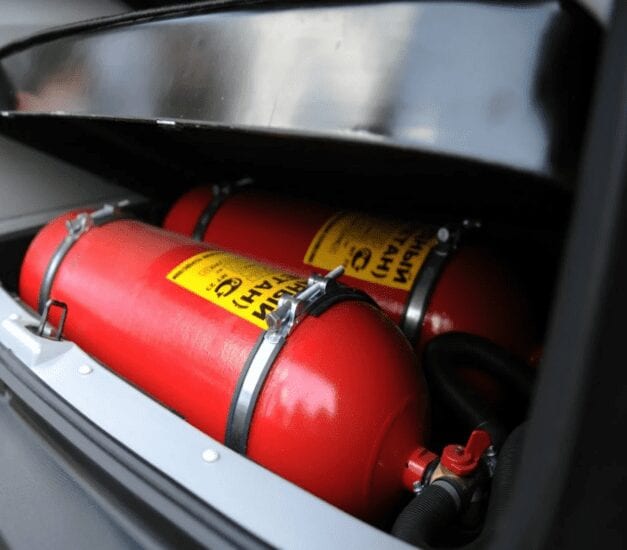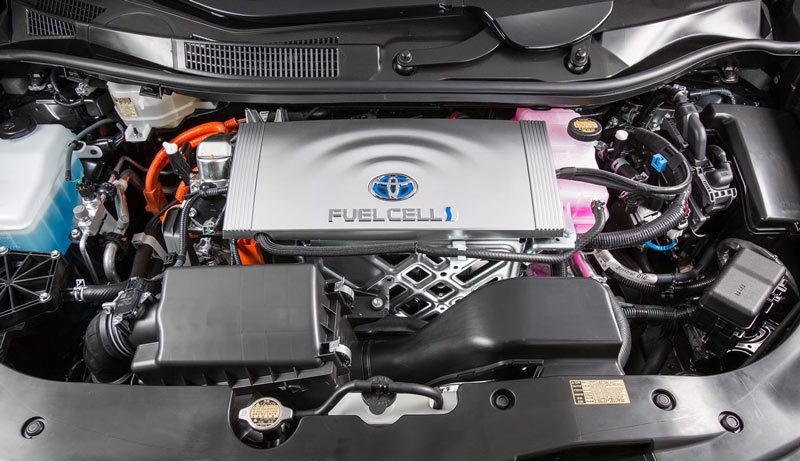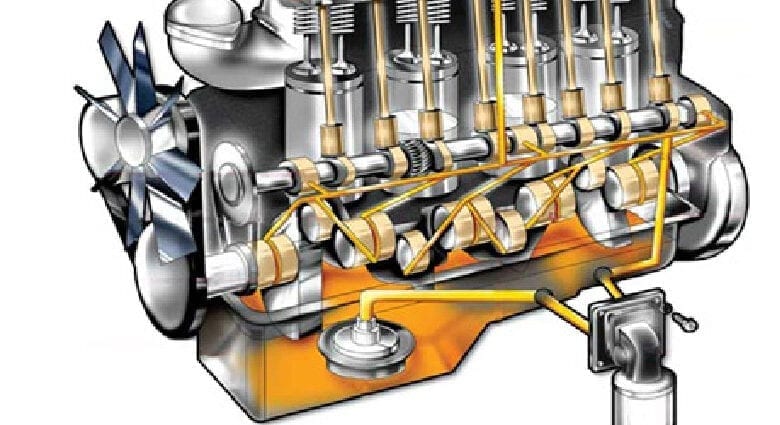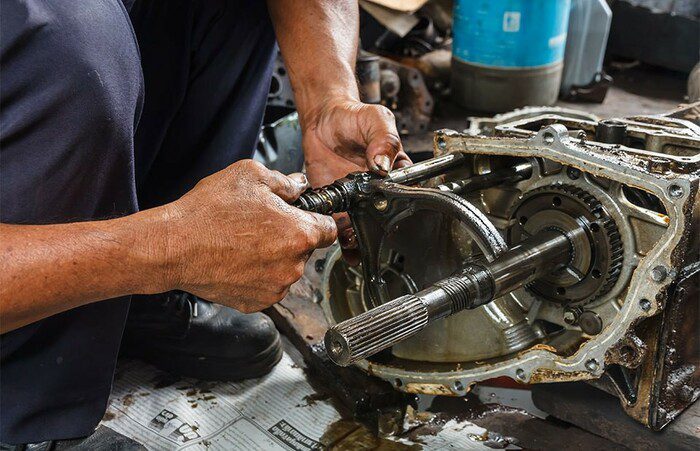Auto Terms
Engine piston - what is it and what is it for
Modern internal combustion engines are complex in design compared to their counterparts made in the early days of the automotive industry. This is due to the fact that manufacturers install additional electronic systems on the power unit to ensure stability, economy and efficiency. Despite the subtlety of electrical systems, the design of the internal combustion engine has not changed much. The main elements of the unit are: Crank mechanism; Cylinder piston group; intake and exhaust manifold; Gas distribution mechanism; Engine lubrication system. Mechanisms such as crank and gas distribution must be synchronized. This is achieved through the drive. It can be belt or chain. Each engine node performs an important function, without which stable operation (or even performance) of the power unit is impossible. Consider what function the piston performs in the motor, as well as its structure. What is an engine piston? This…
What is an odometer and what is it for
Is it still a long way to go? This question often arises from the driver when he is driving through unfamiliar terrain. It is very difficult to determine the exact driving time in this case - it is not known what the quality of the road is and whether there are traffic jams on it. But the remaining distance can be determined. For this purpose, an odometer is installed in the vehicle. What is this device? How does it record the distance traveled and what is the risk of its breakdown? Let's consider these and other questions in order. What is an odometer? An odometer is a meter that measures the distance a car has travelled. It is installed in the dashboard in the department for the speedometer (a window in its scale for better perception). The device on the panel looks like a window with numbers. In the classic…
What are hubs and what are they for
The car hub is an important part of the chassis. During operation, it takes on heavy loads, and also provides a reliable connection of the wheel with suspension and brake parts. Let's take a closer look at what hubs are, their device and troubleshooting. What is a hub A hub is a node that connects the bearing part to the suspension, for free rotation of the wheel. The principle of operation is carried out by bearing rollers that allow the wheel and brake disc to rotate. Due to the bearing, the wheel has the ability to rotate. Depending on the modification, the hub can be integrated with the brake disc and drum. Also, the hub may include an ABS sensor, wheel studs, ABS combs. Simple hub modifications are made separately from the bearing. Why do you need…
GDI engines: pros and cons of GDI engines
To improve the efficiency of power units, manufacturers have developed new fuel injection systems. One of the most innovative is gdi injection. What is it, what are its advantages and are there any disadvantages? What is a GDI injection system for a car This abbreviation is used by the engines of some companies, for example, KIA or Mitsubishi. For other brands, the system is called 4D (for Japanese Toyota cars), the famous Ford Ecoboost with its incredibly low consumption, FSI - for representatives of the WAG concern. The car, on the engine of which one of these labels will stand, will be equipped with direct injection. This technology is available to gasoline units, because the diesel engine has a direct fuel supply to the cylinders by default. Otherwise, it won't work. Direct injection engine...
Flywheel: uniformity and reliability of the engine
The internal combustion engine remains the most efficient powertrain in automobiles today. With this unit, you can cover any distance and enjoy the journey without spending a lot of time refueling the fuel tank. However, in order to start the motor and ensure smooth acceleration, it must have a special part. This is a flywheel. Consider why it is needed in the motor, what types of flywheels are available, and also how to operate it correctly so that it does not fail ahead of time. What is a car engine flywheel? Simply put, the engine flywheel is a disk with a ring gear. It is fixed at one end of the crankshaft. This part connects the engine and transmission of the car. In order for the torque to be smoothly transmitted to the corresponding gearbox speed, between the mechanisms ...
What is a thrust bearing. Let's disassemble the front strut (shock absorber) in the car
The suspension in the car is needed not only to increase comfort while driving, but also to preserve important parts and assemblies that would quickly crumble with constant shaking. The suspension of the car takes over and dampens all the bumps on the road. However, in order for shocks to be minimally transmitted to the body, dampers are needed. For this purpose, the device of the machine provides for the presence of thrust bearings. We will figure out why they are needed, how to determine that they are faulty, and also how to replace them. What is a support bearing This part refers to the element that is installed at the top of the shock absorber strut. A rod is attached to the part through the central hole, and a spring rests against the plate placed in the bowl. This part has the form of a bearing with a damping element that provides additional damping ...
Ceramic pads: pros and cons, reviews
Since the creation of self-propelled vehicles, it has become necessary to develop a mechanism that would allow the driver to stop the car in time. In modern transport, this is no longer a mechanism, but a whole system consisting of a large number of different elements that provide the fastest possible reduction in the speed of a car or motorcycle. The active and passive safety system includes many components, including the brake. Their device includes a line through which the brake fluid moves, brake cylinders (one master cylinder with a vacuum booster and one for each wheel), a disk (in budget cars, a drum type is used on the rear axle, which you can read about in detail in another review), caliper (if disc type is used) and pads. When the vehicle slows down (not in use…
Hall sensor: principle of operation, types, application, how to check
For the efficient operation of all systems of a modern car, manufacturers equip the vehicle with a variety of electronic devices that have more advantages over mechanical elements. Each sensor is of great importance for the stability of the various components in the machine. Consider the features of the hall sensor: what types are there, the main malfunctions, the principle of operation and where it is used. What is a Hall sensor in a car The Hall sensor is a small device that has an electromagnetic principle of operation. Even in old cars of the Soviet automobile industry, these sensors are available - they control the operation of a gasoline engine. If malfunctions appear in the device, the engine will at best lose stability. They are used for the operation of the ignition system, the distribution of phases in the gas distribution mechanism, and others. To understand what malfunctions relate to sensor failure, ...
What are horsepower and how are they calculated?
The power of internal combustion engines is denoted by the term "horsepower". This setting exists in both metric and imperial systems, but they are not exactly the same. Much less often, the kilowatt (kW) marking is used to indicate this parameter, for example, in Australia. What is "horsepower"? The concept of "horsepower" actually corresponds to the constant power of one horse. This parameter is defined as the force required to lift a mass of 75 kilograms in one second to a height of one meter. Such a calculation system was used at the dawn of the industrial revolution, when horses were still used to extract goods from mines. One of the legends is that the unit of horsepower was developed by inventor James Watt. He demonstrated how efficient his steam engines were...
What is an SUV?
Many, when purchasing an SUV or crossover, cannot distinguish between these two terms and, as a conclusion, they cannot understand the true purpose of a particular model. A crossover is a special separate model of an SUV. The main differences between the two cars lie in the technical and structural characteristics, the fuel used, as well as the scope of these models. An off-road vehicle, also known as a cross-country vehicle, the main task of which is to use it on any road, mainly off-road, that is, those areas where there is very heavy traffic. Of course, it can also be used on city roads, but the advantage is operation in more severe road conditions, such as sand, snowdrifts, fields, and the like. A crossover is a mixture of a passenger car ...
Two-stroke engine in a car
The world of cars has seen a lot of developments in powertrains. Some of them were frozen in time due to the fact that the designer did not have the funds for the further development of his offspring. Others turned out to be ineffective, so such developments did not have a promising future. In addition to the classic in-line or V-shaped engine, manufacturers produced cars with other designs of power units. Under the hood of some models, one could see a Wankel engine, a boxer (or boxer), a hydrogen engine. Some automakers may still use such exotic powertrains in their models. In addition to these modifications, history knows several more successful non-standard motors (there is a separate article about some of them). Now let's talk about such an engine with which almost none of the motorists ...
What is a GPS navigator and how to choose?
No driver, being in an unfamiliar area, would like to get lost. In addition to additional stress, trying to get on the right route often leads to excessive fuel consumption. Regardless of whether it is a holiday trip or a business trip, such waste is undesirable for any motorist's wallet. The road, especially unfamiliar, can prepare unpleasant surprises for drivers in the form of large pits, sharp turns, difficult interchanges and traffic jams. To feel confident on any track, motorists are encouraged to purchase a GPS navigator. Consider what kind of device it is, how to choose and configure it correctly. We will also discuss whether its operation depends on the country in which the car is located. What is a GPS navigator? Many motorists do not see the need for a navigator, since any modern ...
Stabilizer legs: what is it, location and principle of operation
No modern car leaves the assembly line without a stabilizer. This is an important detail that is necessary for the efficient operation of the vehicle's suspension. A little earlier, we discussed what stabilizer bushings are, their malfunctions, and the importance of these elements. Now consider the detail, which is called the stabilizer bar. Read a separate review on how to replace the stabilizer bar on a VAZ 2108-99. What is a stabilizer bar? Briefly recall why a stabilizer is needed. When a car is driving straight, its body is parallel to the road. As soon as it starts to turn, because of the speed, the center of gravity of the car moves to the side. This causes the vehicle to roll. Since when the car is tilted, the load on the wheels is unevenly distributed, the tires begin to lose contact with ...
Contact ignition systems, device, principle of operation
Any car equipped with an internal combustion engine will definitely have an ignition system in electronics. In order for the mixture of atomized fuel and air in the cylinders to be able to ignite, a decent discharge is needed. Depending on the modification of the on-board network of the car, this figure reaches 30 thousand volts. Where does such energy come from if the battery in the car only produces 12 volts? The main element that generates this voltage is the ignition coil. Details on how it works and what modifications there are are described in a separate review. Now let's focus on the principle of operation of one of the varieties of ignition systems - contact (different types of SZ are described here). What is a contact ignition system of a car Modern cars have received a battery-type electrical system. Her scheme is as follows...
What is the silent block and when it is changed
Silent blocks (hereinafter referred to as “s / b”) are a suspension part, which is two metal bushings, between which there is a rubber insert. The silent block connects the suspension parts to each other, dampens vibrations between the nodes. Silent blocks contribute to a comfortable ride due to the elasticity of the rubber, which serves as a damper between the suspension parts. What is a silent block and its purpose Silent blocks work to avoid deformation of suspension and body parts. They are the first to receive shocks and vibrations, after which they are dampened by shock absorbers. Silent blocks are also divided into the following categories: design (with one, two bushings or without metal elements); design load (solid elastic insert or with holes); mounting type (bushings or body with lugs); mobility (medium mobility and “floating”); material (rubber or polyurethane). Structurally, silent blocks differ between ...
What is the main gear and differential of the car
What is the main gear The main gear is the transmission unit of the car, which converts, distributes and transmits torque to the drive wheels. Depending on the design and gear ratio of the main pair, the final traction and speed characteristics are determined. Why do we need a differential, satellites, and other parts of the gearbox - we will consider further. How it works The principle of operation of the differential: while the car is moving, the operation of the engine converts the torque that accumulates on the flywheel, and through the clutch or torque converter is transmitted to the gearbox, then through the cardan shaft or helical gear (front-wheel drive), ultimately the moment is transmitted to main pair and wheels. The main characteristic of the GP (main pair) is the gear ratio. This concept implies the ratio of the number of teeth of the main gear to the shank or ...
